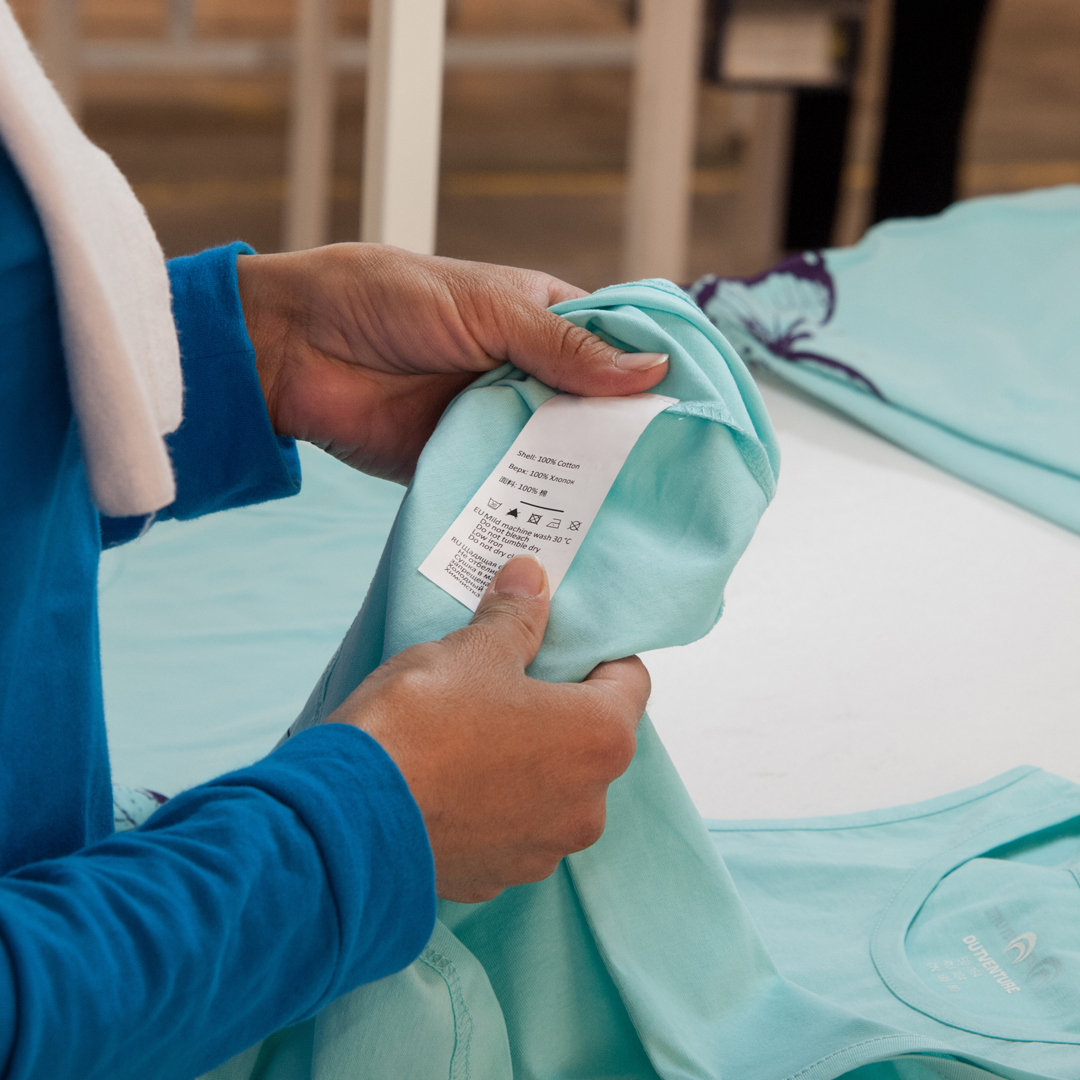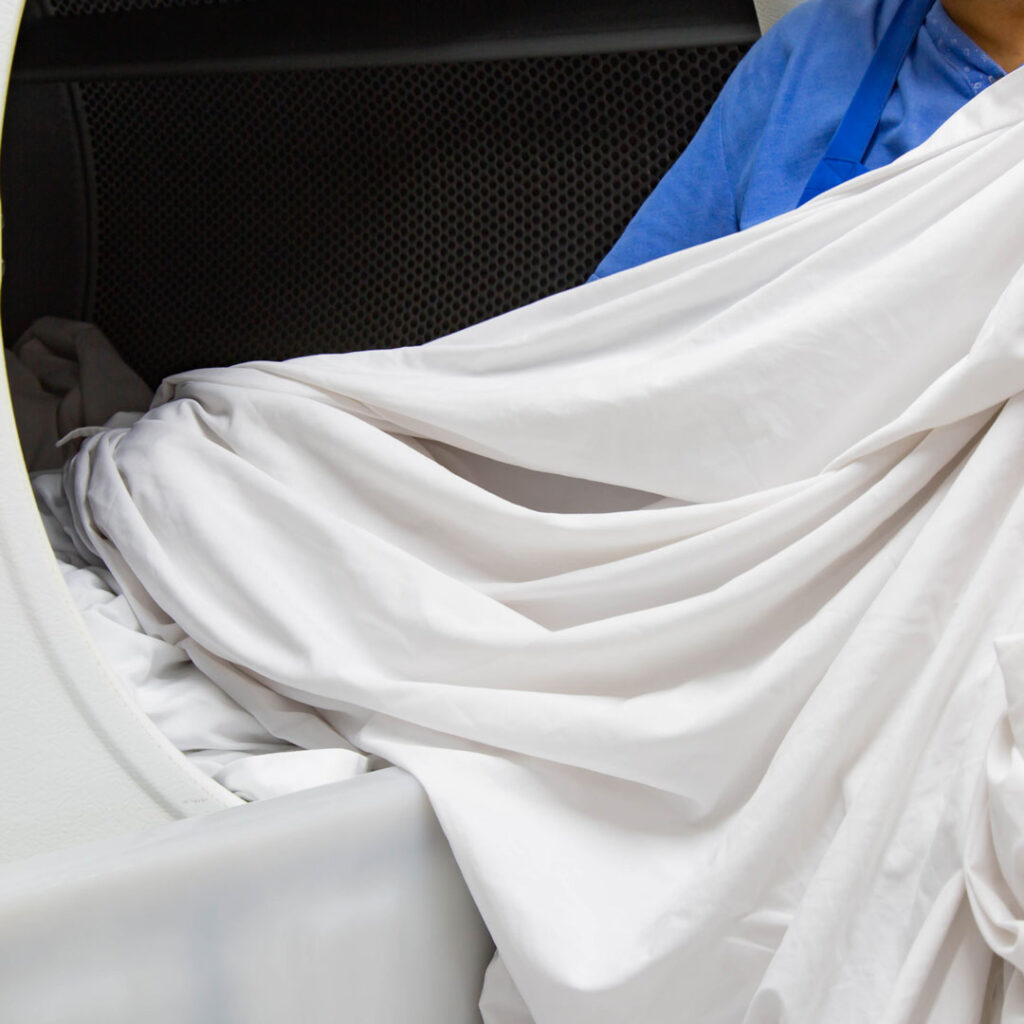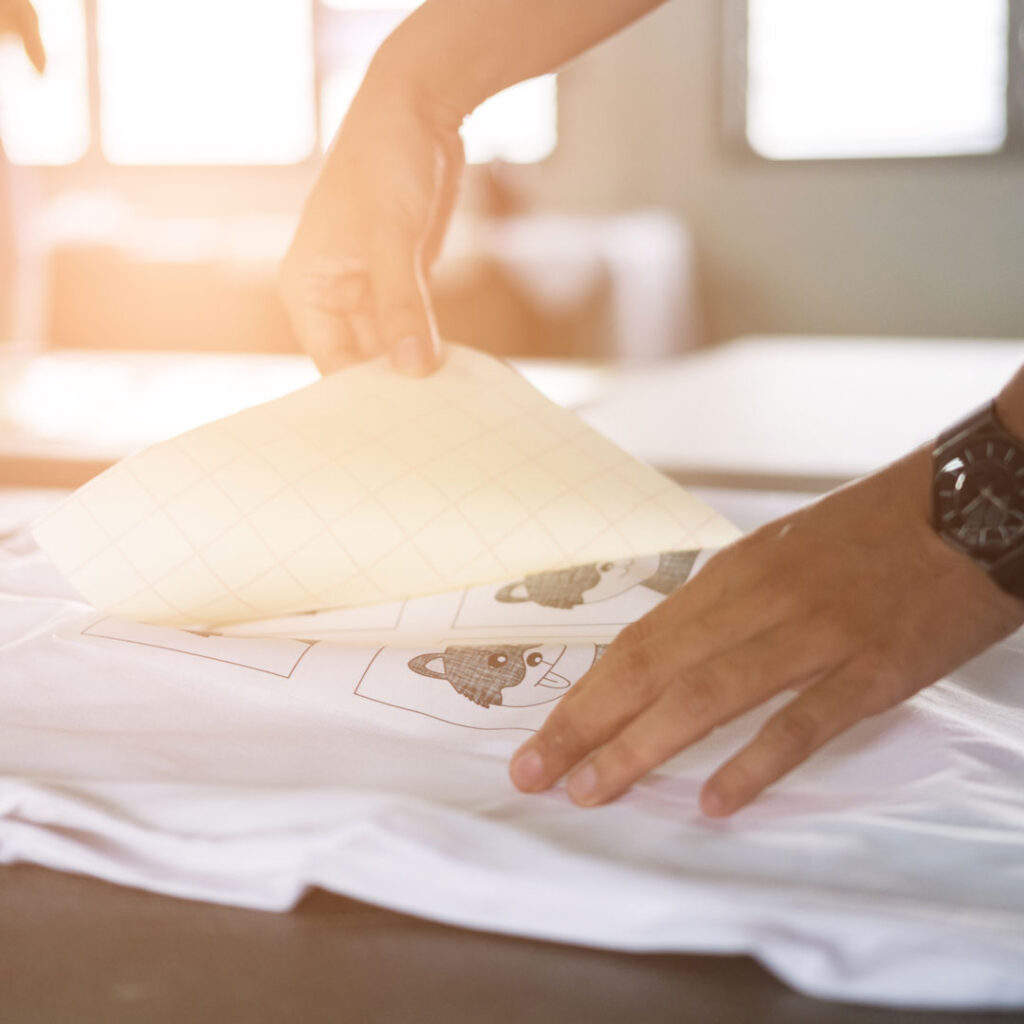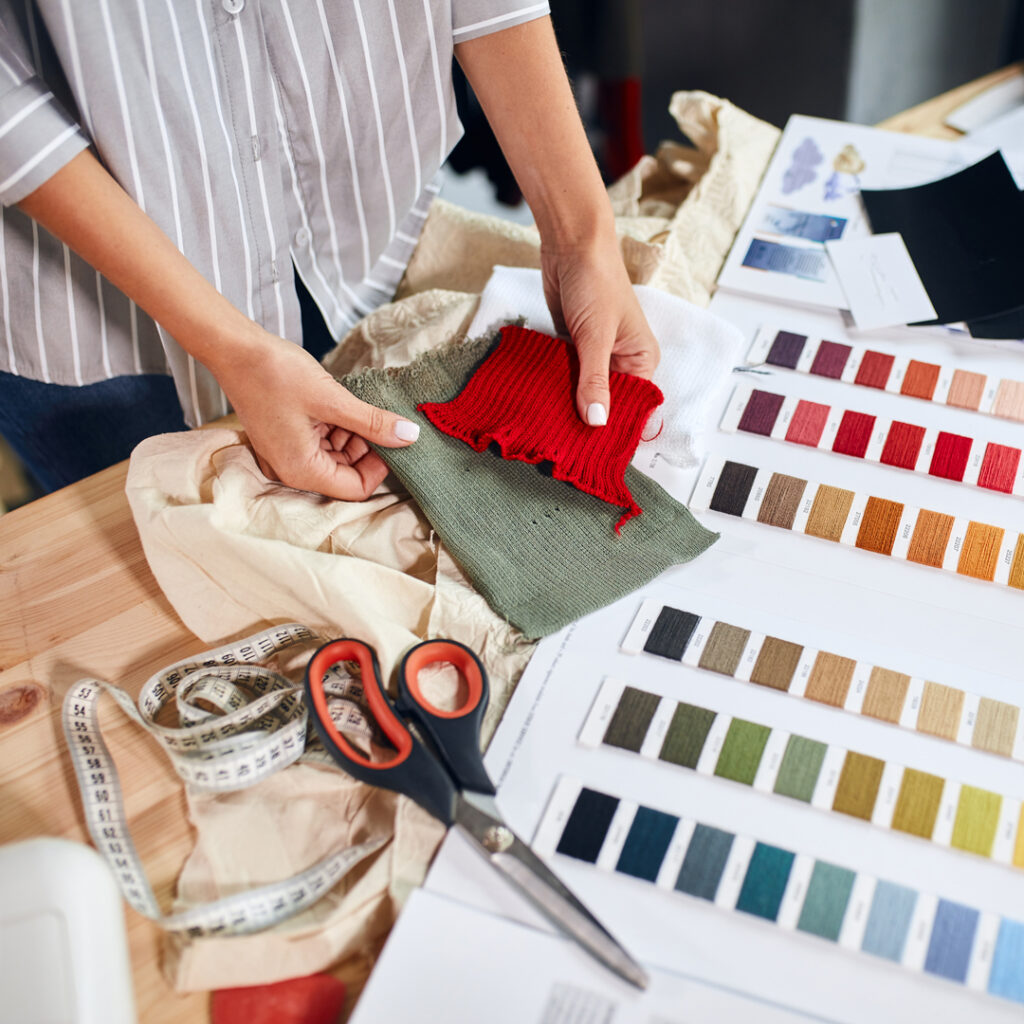Finishing and Quality Control
20 December 2021
2 min read
Share

Let’s say our Garment went through all possible manufacturing passages. This means it was first cut, then printed or embroidered, subsequently sewed, sent to washing, and now can be finally completed with any possible final trim that still wasn’t applied. Lastly, it can be checked in all its parts for a final and definitive inspection that will determine whether it is approved or not.
Since all Raw Materials were checked at their arrival at the factory, it is assumed all their technical specifications are correct and therefore there is no need to re-inspect these details.
What actually needs to be checked is the garment, which is the result obtained by the manufacturing process.
There are some parameters in which the garment must enter to be approved.
The final quality control check should take care of reviewing:
- the garment construction correctness
- if the garment measurements are within tolerance
- if the color combinations were respected and that each garment piece was cut in the correct fabric
Basically, the Quality Control Department needs to ensure that the produced items respect all information contained in the Tech Pack, in order to meet the client’s expectations.
It is acceptable that during the production process some errors are made, but it is not acceptable to fail to find such errors during the final review of the bulk production. If something is wrong, and still was not spotted during the whole process, it needs to be noticed in this phase, with no exceptions.
Garment Cleaning & Ironing
The garment cleaning consists of auditing the cleanliness of the garment and cutting all the loose, extra, and hanging threads. This step is taken care of by the quality control department that needs to ensure the garment is neat and perfect.
Lastly, the garments are ironed, with different temperatures, steam, and tools, based on the fabric in question.
The garments realized in knits are normally ironed just at the end of the manufacturing process, while the ones realized in woven fabrics, sometimes, need to be ironed during the sewing process, to open flat come internal seams or to facilitate the garment construction.
Third-Party Quality Inspectors
Sometimes the brand prefers to have a third party that inspects the production outcome and takes care of the quality control of the outsourced production or prefers to send an internal quality controller to make sure their parameters and tolerances are respected.
Outsourcing the Quality Control service is a quite expensive option, so try to evaluate if this is really necessary or not.
If you are just starting your brand, we suggest you test the quality degree and attention to detail of your manufacturer already during the product development and prototyping process. If their standards do not satisfy you at this “first” stage you might want to find a new partner and do not proceed with manufacturing – as it is well known that during the mass production process the attention to quality and precision normally decreases compared to prototyping. If, on the contrary, they do satisfy your expectations, trust they will take care of your production, and try to understand if their internal tolerances are acceptable for you!














